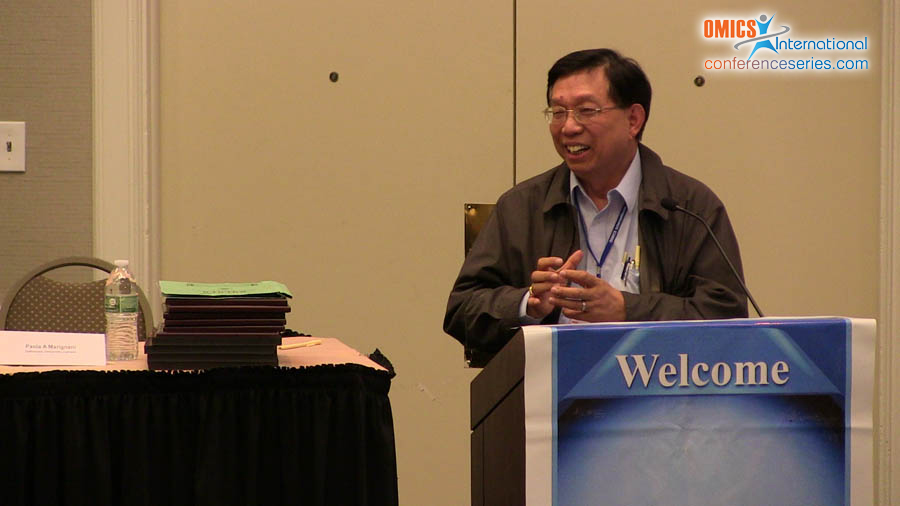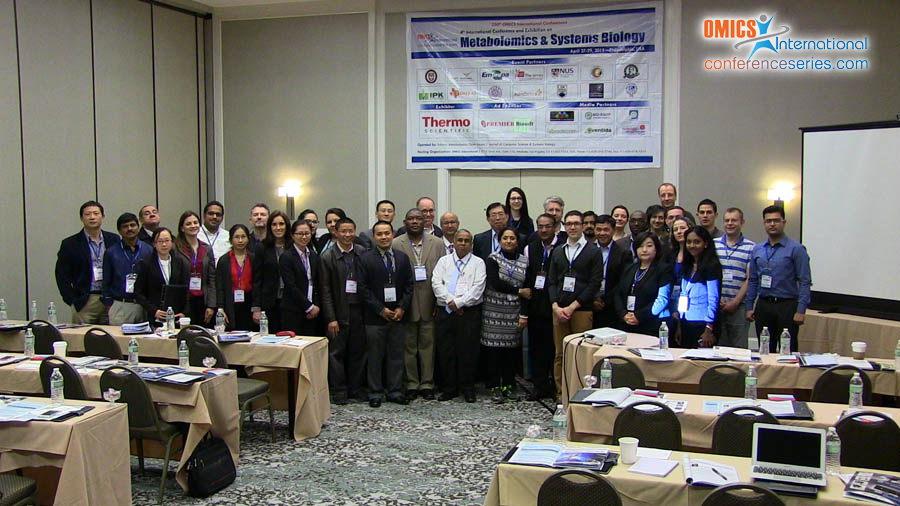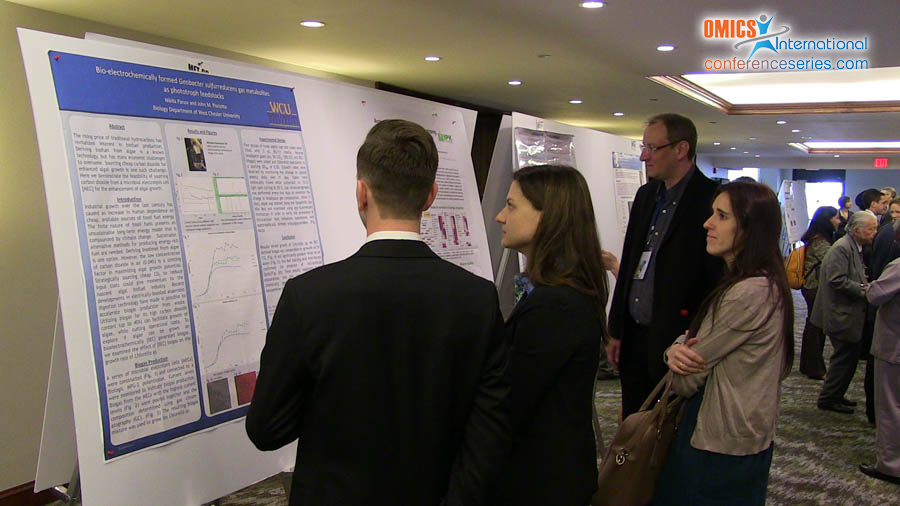
Ih-Jen Su
National Health Research Institutes, Taiwan
Title: Dynamic pattern and terminal switch of lipid metabolomics in HBV tumorigenesis
Biography
Biography: Ih-Jen Su
Abstract
Background: The lipid metabolic disorders were frequently observed in patients of HBV and HCV-associated hepatocellular carcinoma (HCC). The underlying mechanism and significance remains to be clarified. Aim: In this study, we attempt to clarify the role of lipid metabolism in HBV tumorigenesis. Methods: The dynamic, temporal pattern of lipid metabolic profiles in serum and lipid were demonstrated in two transgenic mice models of HBx and pre-S2 deletion mutant by biochemistry and Affymetrix DNA array chip. The data were confirmed by western blot and further validated in human HCC tissues. Results: We observed an interesting biphase response pattern of lipid metabolomics in both HBx and pre-S2 mutant transgenic mice models of HBV tumorigenesis. The first peak of fatty change occurred in the early phase of 1-3 months, which subsided and then remarkably increased or terminally switched in HCC tissues. This biphasic pattern was synchronized with ATP citrate lyase (ACYL ) activation, followed by the activation of sertol regulatory element binding transcription factor 1 (SEBPF1) and fatty acid desaturase 2 (FADS2) in pre-S2 model. In HBx model, five lipid genes were specifically activated at the terminal phase including the lipoprotein lipase, fatty acid binding protein (FABP). In both models, the endoplasmic reticulum (ER) stress-induced mTOR pathway is the driving signals. Such an ER stress-dependent mTOR signal cascade is also important for cell proliferation of hepatocytes and further validated in HCC tissues. Conclusion: The mTOR signal pathway is important for the lipid metabolic disorders and the driving force for HBV tumorigenesis in animal and human models. To target on this pathway we will provide chemoprevention for HCC tumorigenesis in high risk patients of chronic HBV infection.
Speaker Presentations
Speaker PDFs
Speaker PPTs Click Here





